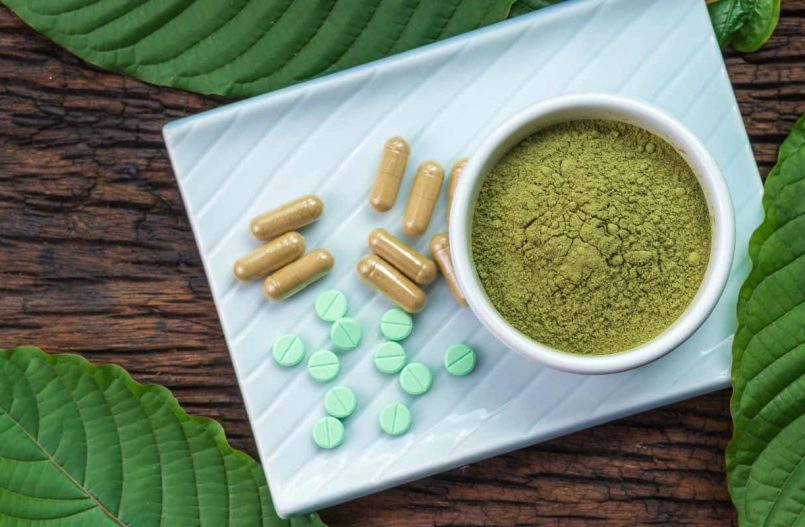The usage of Kratom varies significantly among different cultures around the world. While it has deep roots in Southeast Asian traditions, its popularity has spread to Western countries in recent years, leading to diverse consumption patterns and cultural attitudes toward buying kratom.
Traditional Use of Kratom in Southeast Asia
In Southeast Asia, particularly in countries like Thailand, Malaysia, and Indonesia, the best kratom brands have been an integral part of traditional medicine and cultural rituals for centuries. It is commonly used by manual labourers to alleviate fatigue and enhance productivity. In these cultures, Kratom leaves are often chewed or brewed into tea for medicinal and recreational purposes.
Kratom in Western Countries
In contrast, Kratom’s introduction to Western societies is relatively recent. It gained popularity among individuals seeking alternatives to prescription opioids for pain management and opioid withdrawal. Western users typically consume Kratom in the form of capsules, powder, or extracts, often purchasing it from online vendors or specialty stores.

Legal Status and Regulation
The legal status of Kratom varies from country to country, contributing to differences in usage patterns. While Kratom is legal and widely available in some countries, it is banned or heavily regulated in others due to concerns about its potential for abuse and dependence.
Cultural Attitudes Towards Kratom
Cultural attitudes towards Kratom influence its acceptance and usage patterns. In Southeast Asia, where Kratom has deep cultural roots, it is often viewed positively and integrated into daily life. In contrast, Western societies may have more mixed perceptions, ranging from curiosity to skepticism due to its association with recreational drug use.
Effects of Cultural Differences on Kratom Usage
Cultural norms and values play a significant role in shaping Kratom consumption habits. Factors such as social acceptance, economic conditions, and historical context influence how Kratom is used and perceived within different cultural settings.
Health and Wellness Perspectives
Both traditional and contemporary medicinal uses of Kratom contribute to its varied usage across cultures. While some cultures emphasize its therapeutic benefits for pain relief and mood enhancement, others may approach Kratom with caution due to potential health risks and controversies.
Rituals and Ceremonial Practices
In certain cultures, Kratom is incorporated into rituals and ceremonies for spiritual and cultural purposes. These rituals often involve specific preparations and symbolic meanings, highlighting the spiritual significance of Kratom within these communities.
Kratom in Modern Society
In today’s globalized world, Kratom’s presence extends beyond its traditional cultural contexts. Its accessibility through online platforms and social networks has facilitated its integration into modern lifestyles, leading to diverse usage patterns across demographic groups.
Challenges and Concerns
Despite its potential benefits, Kratom poses challenges related to safety, regulation, and public health. Concerns about adulteration, addiction, and adverse effects underscore the importance of responsible use and informed decision-making.







